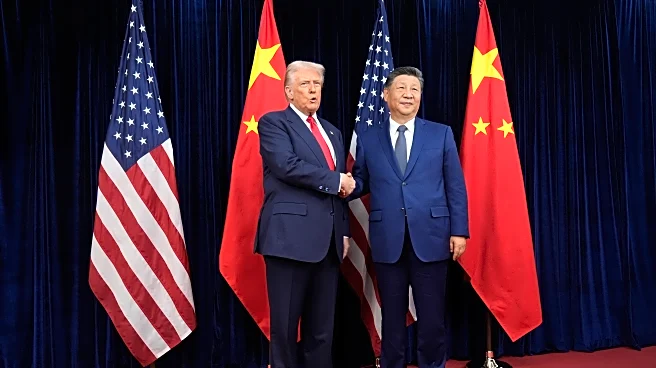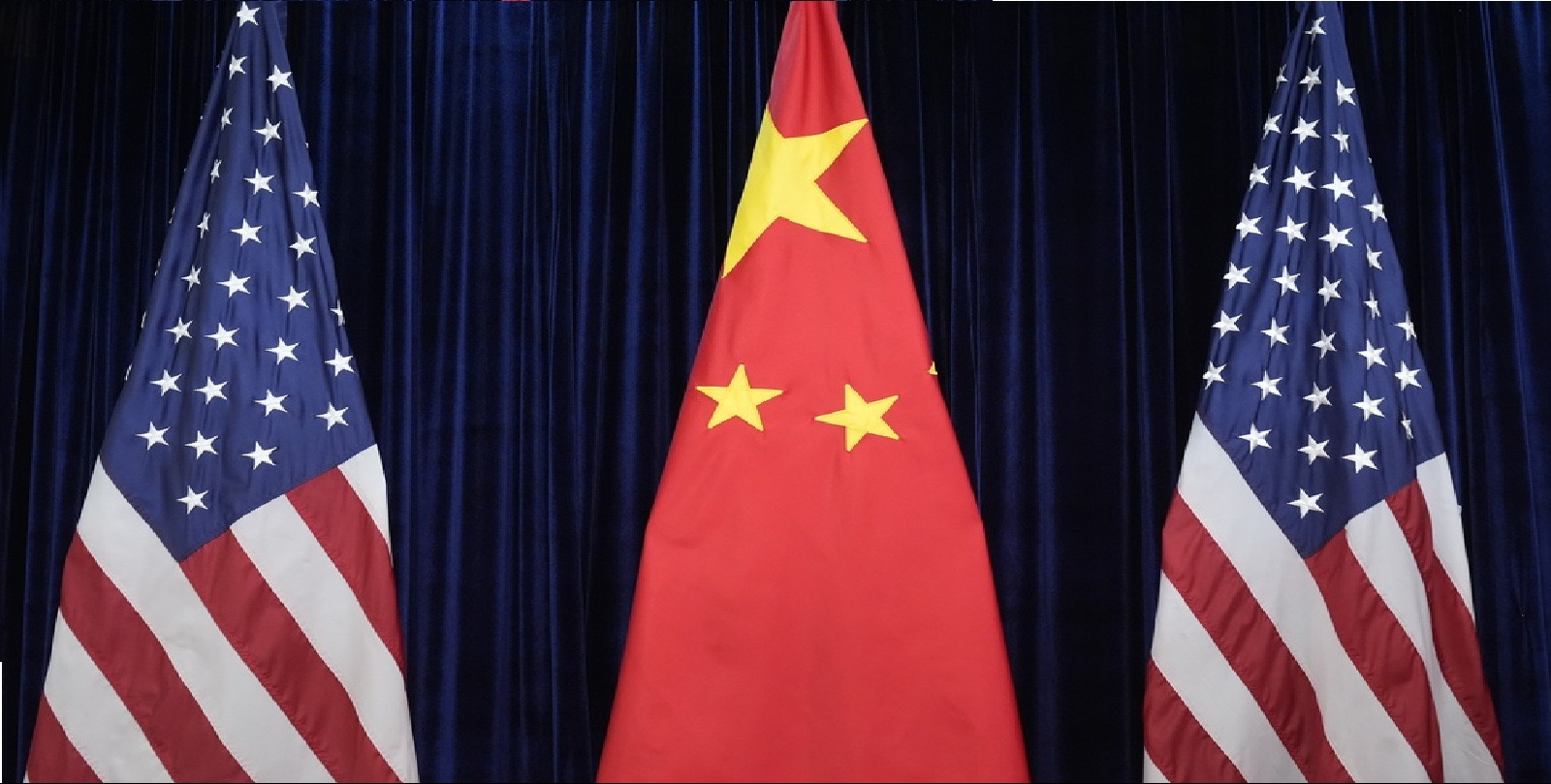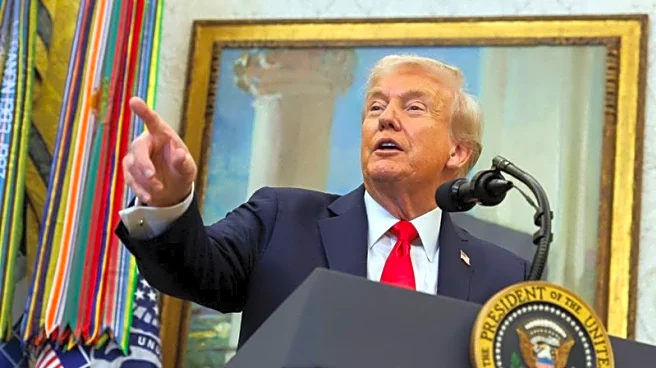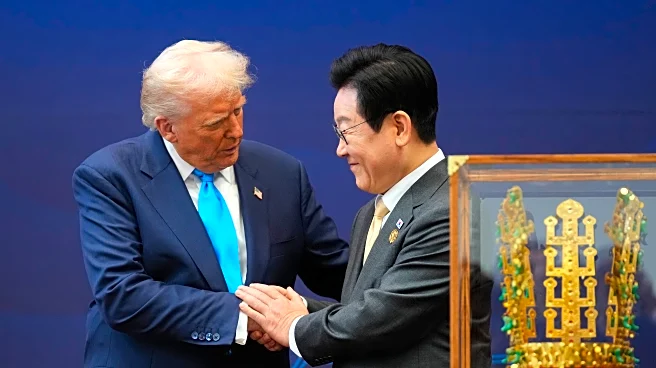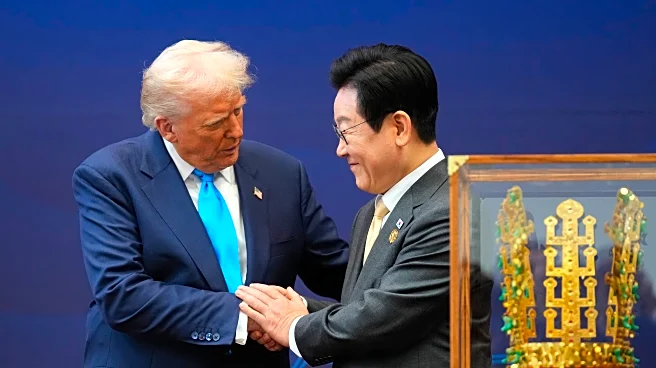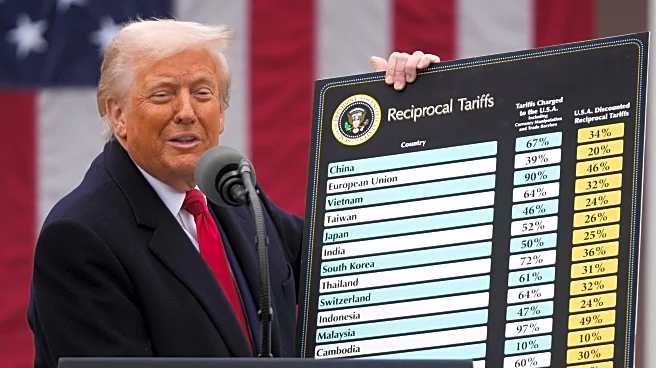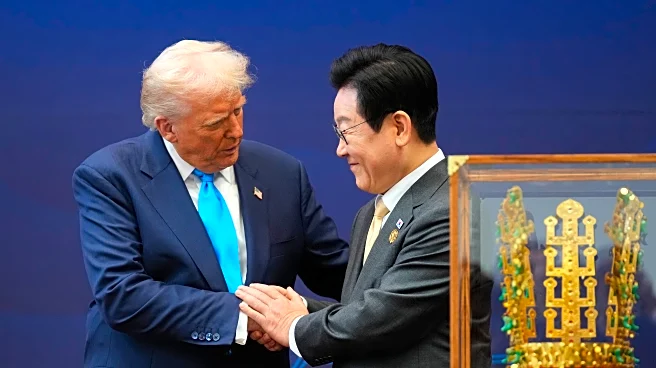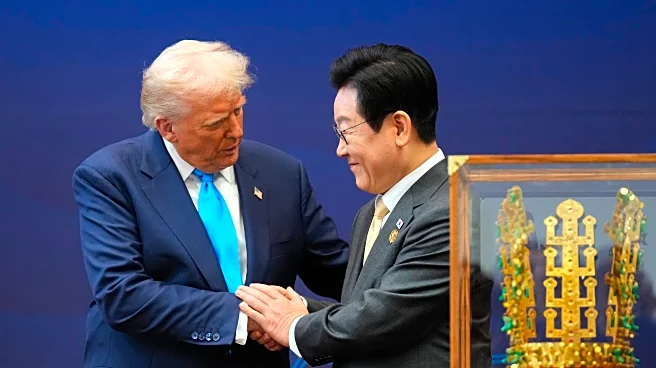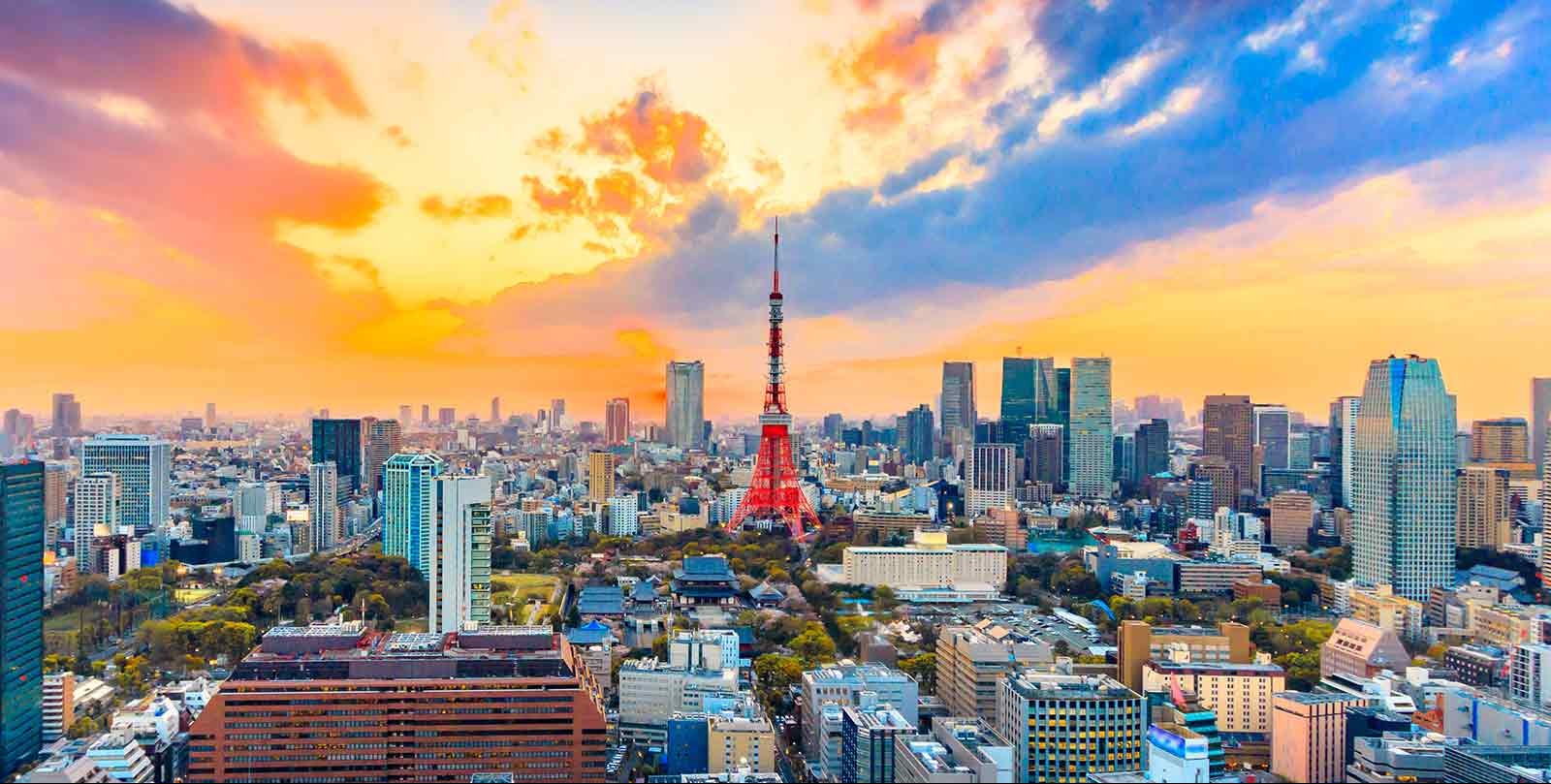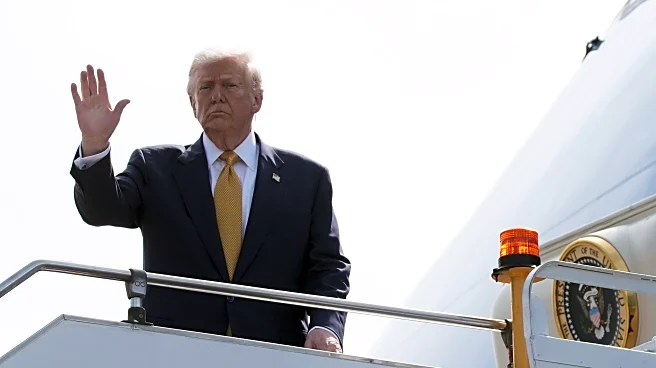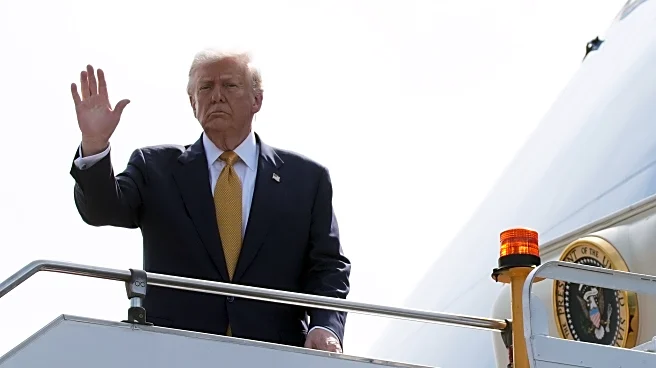President Donald Trump said he has made deals with China after meeting Chinese leader Xi Jinping on Thursday, the final day of a trip to Asia that was an opportunity for the leaders of the world’s two
largest economies to stabilize relations after months of turmoil over trade issues.
Trump made the comments aboard Air Force One as he returned to Washington after spending five days in three Asian countries.
Before Trump and Xi sat down for the 1 hour and 40 minute meeting there was a rough idea of the agenda, including tariffs, computer chips, rare earth minerals and other points of tension. Trump repeatedly said he expected to be able to reach a deal with Xi.
Trump’s aggressive use of tariffs since returning to the White House for a second term combined with China’s retaliatory limits on exports of rare earth elements have given the meeting newfound urgency. There is a mutual recognition that neither side wants to risk blowing up the world economy in ways that could jeopardize their own country’s fortunes.
Aboard Air Force One on his way to South Korea, Trump told reporters he may reduce tariffs that he placed on China earlier this year related to its role in making fentanyl.
“I expect to be lowering that because I believe that they’re going to help us with the fentanyl situation,” Trump said, later adding, “The relationship with China is very good.”
The meeting was held in Busan, South Korea, a port city about 76 kilometers (47 miles) south from Gyeongju, the main venue for the Asia-Pacific Economic Cooperation summit.
Here's the latest:
The U.S. president, speaking with reporters after departing South Korea, said he did not connect with the North Korean leader during his Asia trip.
He stressed that the two leaders maintained a good relationship and said he’d be willing to return for a Kim visit.
“I’d come back with respect to Kim Jong Un,” Trump said.
The two men met three times during Trump’s first term.
Trump and Canadian Prime Minister Mark Carney shared a dinner table last night in Gyeongju, where there were both visiting.
“We had a very nice conversation with him last night,” Trump said.
The president has been angry at Canada, even increasing tariffs, because of a critical television advertisement about his trade policy.
There was speculation ahead of the meeting that Xi would push Trump to reduce U.S. support for the self-governing island of Taiwan, which China views as part of its territory. But Trump said they didn’t talk about it.
“Taiwan never came up,” he said.
The president said he would go to China in April, and then Xi would visit the U.S. after that.
It’s the most specific he’s been about plans for next steps between the two leaders.
Speaking to reporters aboard Air Force One, Trump said China would end restrictions on rare earth exports and buy American soybeans. He also said the U.S. would reduce tariffs that were implemented earlier this year as punishment for the flow of fentanyl ingredients.
When discussing how he would rate the meeting on a scale from 1 to 10, Trump said it would be a 12.
The president headed home, wrapping up a trip to Asia that had Trump spending five days in three countries.
His long flight back to Washington has him scheduled to land Thursday afternoon, where he’s shortly thereafter expected to attend a White House Halloween celebration.
Before the meeting, there was a rough idea of the agenda, including tariffs, computer chips, rare earth minerals and other points of tension. Trump repeatedly said he expected to be able to reach a deal with Xi.
But there was no immediate word on their conversation once it ended. Trump boarded Air Force One without speaking to reporters, and the White House did not make any announcements.
With the 1 hour and 40 minute meeting with Xi over, Trump boarded the stairs to his plane. He pumped his fist at the top and waved before stepping inside.
The president is returning to Washington after stops in Malaysia, Japan and South Korea.
The two leaders walked out of the building alongside each other, briefly chatting in front of the cameras. They shook hands and Trump leaned in as if he was whispering in Xi’s ear.
The two leaders welcomed the press in for brief introductory remarks but now are talking behind closed doors flanked by their top officials.
Journalists left the meeting room shortly after 11:15 a.m. local time in Busan.
Trump said he and Xi could meet for as long as three hours. The official White House schedule, however, has the meeting running just under two hours.
The Chinese leader spoke for longer than Trump in his opening remarks, saying “it feels very warm seeing you again because it’s been many years.”
“We do not always see eye to eye with each other,” Xi said through a translator, adding that “it is normal for the two leading economies of the world to have frictions now and then.”
However, he said, China and the U.S. “are fully able to help each other succeed and prosper together.”
Shortly after their handshake, Trump and Xi moved to a room to hold their talks.
“It’s an honor to be with a friend of mine,” Trump said of Xi. He said the two will be having some discussions, but “I think we’ve already agreed to a lot of things.”
Accompanying Trump were trade representative Jamieson Greer, Commerce Secretary Howard Lutnick, Secretary of State Marco Rubio, Treasury Secretary Scott Bessent, White House chief of staff Susie Wiles and David Perdue, the U.S. ambassador to China.
There was no indication that the U.S. would start detonating warheads, and the military already regularly tests its missiles and other equipment.
The president suggested changes were necessary because other countries were testing their weapons. Russia has announced multiple tests recently.
Trump wrote on social media while en route to Busan that the Pentagon will “start testing our Nuclear Weapons on an equal basis” and “that process will begin immediately.”
The White House did not immediately respond to questions seeking more details.
